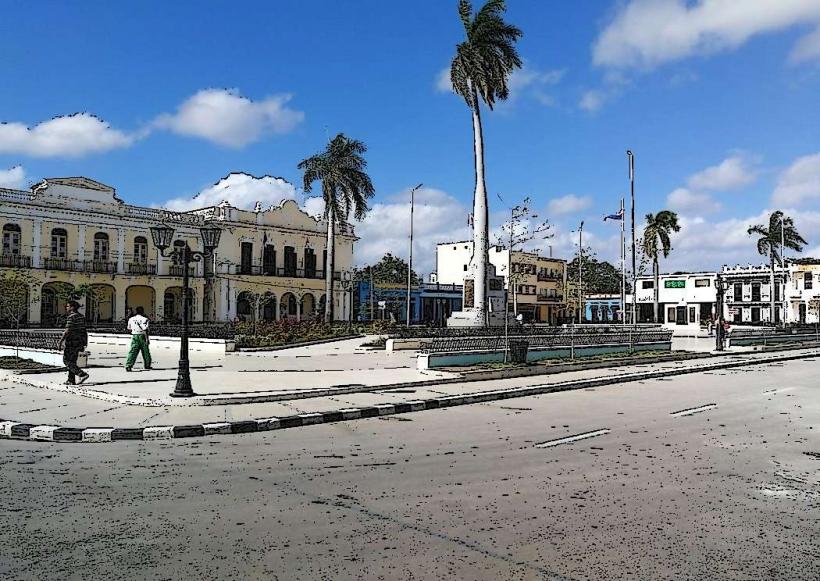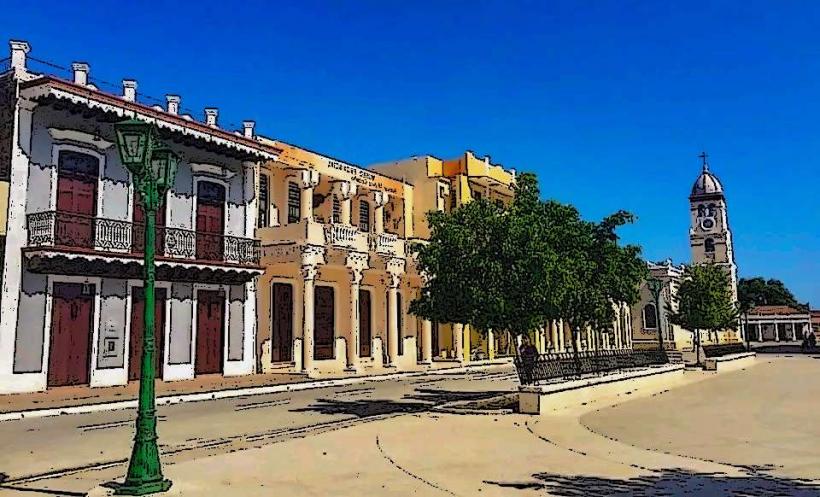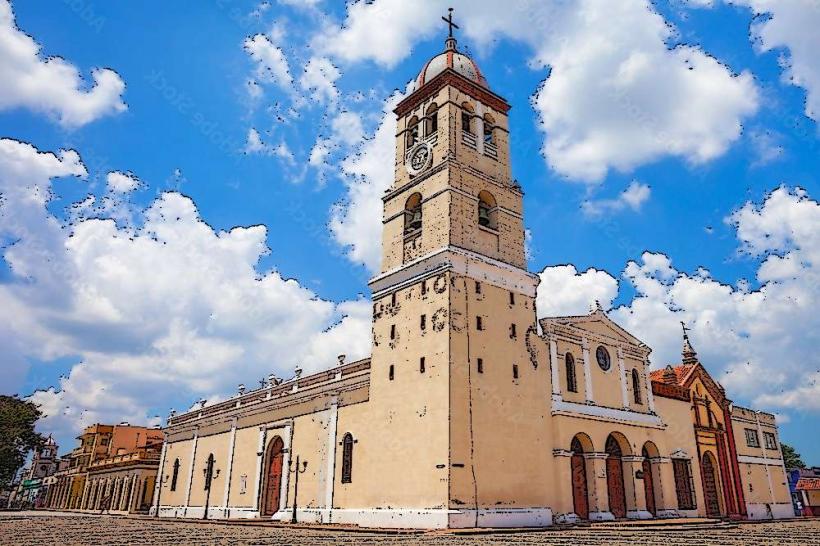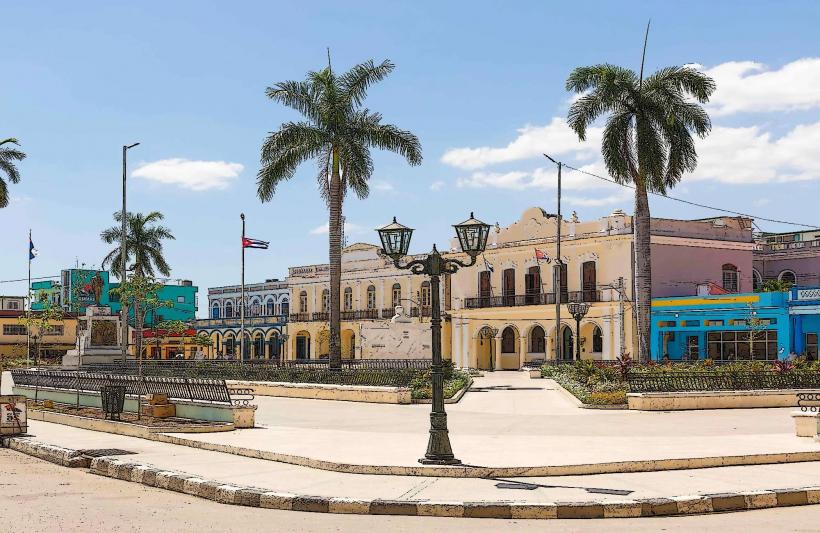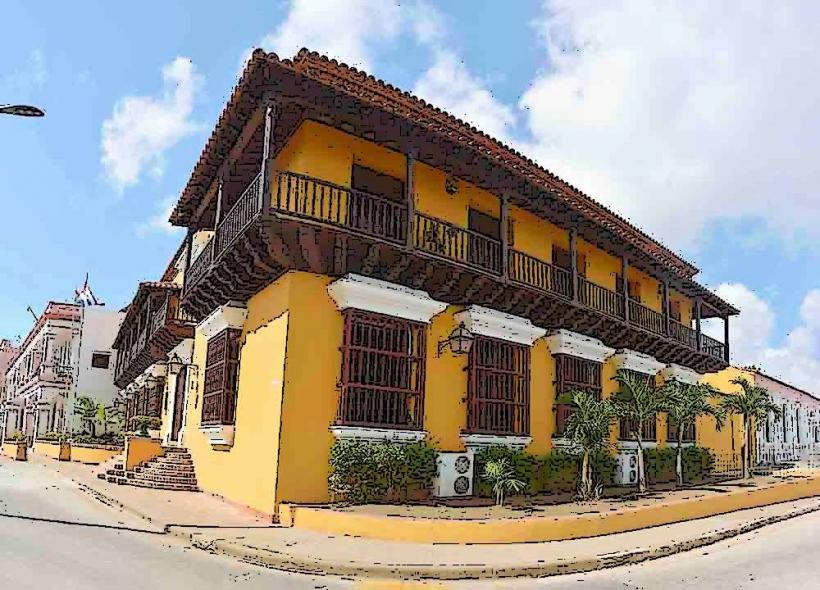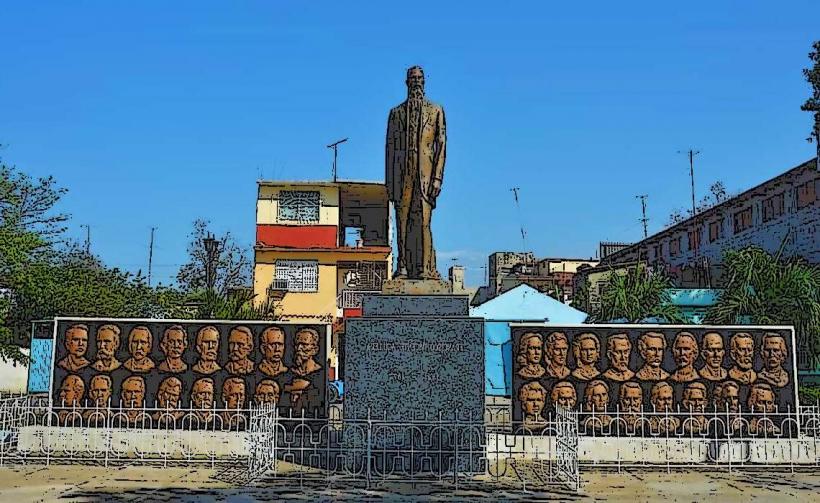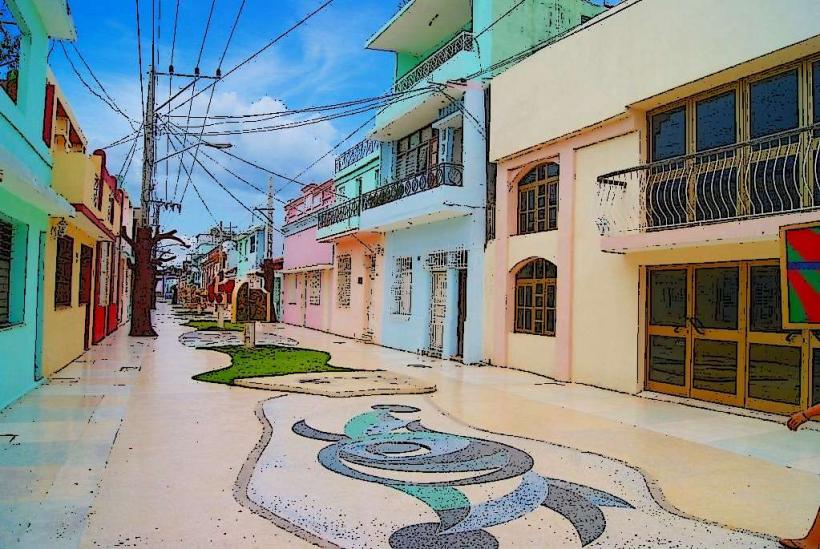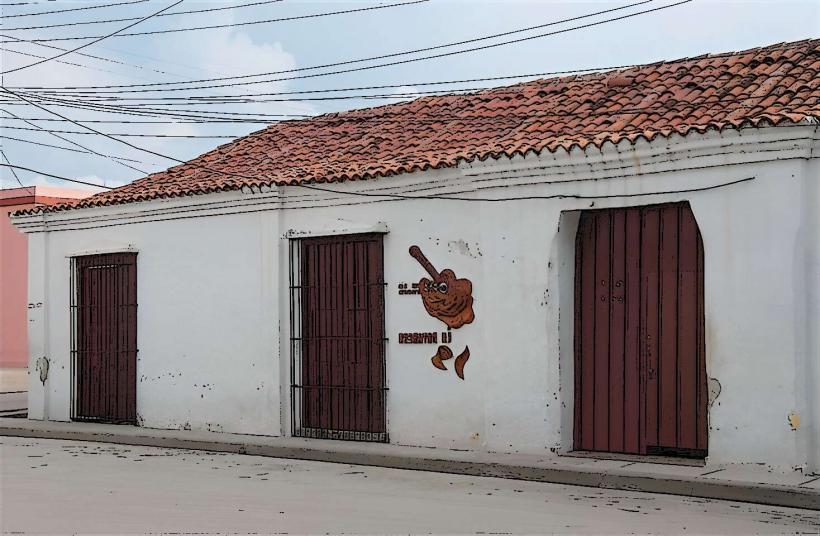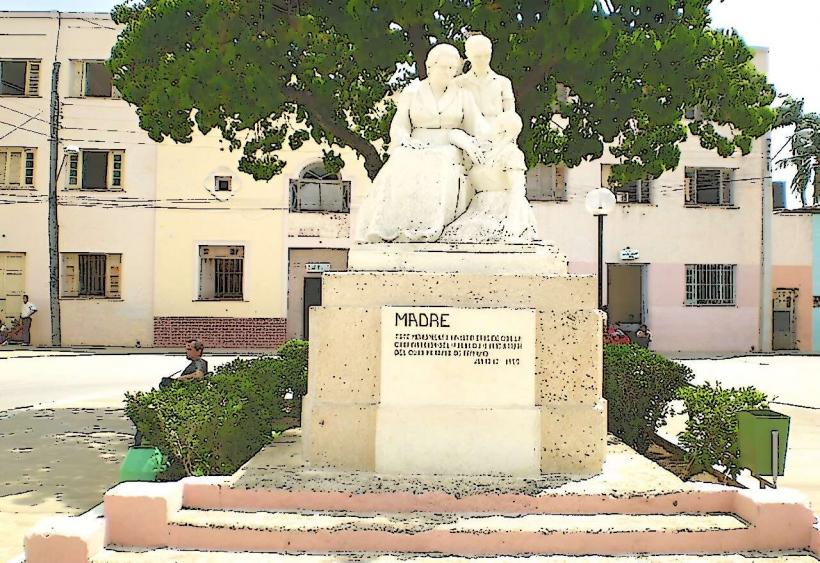Information
Landmark: Museo Casa de la Nacionalidad CubanaCity: Bayamo
Country: Cuba
Continent: North America
The Museo Casa de la Nacionalidad Cubana (House Museum of Cuban Nationality) is a significant cultural institution located in Bayamo, Cuba. This museum plays a crucial role in preserving and showcasing the rich cultural and historical heritage of Cuba, particularly focusing on the roots of Cuban identity and nationalism. It is located in a building with great historical importance, offering a deep dive into the cultural evolution of Cuba from its early colonial period to its fight for independence.
Key Features of Museo Casa de la Nacionalidad Cubana:
Historical Significance:
- The Casa de la Nacionalidad Cubana is housed in a colonial-era building, which was originally the residence of Carlos Manuel de Céspedes, the hero of Cuban independence. The building itself is a historical landmark, as it was here that Céspedes and other revolutionary figures discussed key moments leading up to Cuba’s struggle for independence from Spain.
- The house is symbolic because it represents the birth of Cuban national consciousness, where important debates took place about Cuba's future as an independent nation. It is in this house that Cuba’s national identity began to take shape during the Ten Years' War (1868–1878), and the Grito de Yara was declared, marking the beginning of the island’s fight for freedom.
Museum Focus:
- The museum’s primary goal is to preserve and display elements of Cuban identity, culture, and history. It explores the evolution of the nation’s collective identity and nationalism, from its indigenous roots, through its colonial period under Spanish rule, to the eventual fight for independence.
- It also highlights the formation of Cuban national consciousness during the 19th century, specifically around the time of the Cuban War of Independence and the influence of Carlos Manuel de Céspedes and other figures.
Exhibitions:
- The museum houses a variety of permanent and temporary exhibits that showcase the cultural and political history of Cuba. Some key themes include:
- Cuban Independence: Artifacts, documents, and displays related to the Cuban independence movement, including the Grito de Yara and the Ten Years' War.
- Cuban Nationalism: Exhibits that explore the development of Cuban nationalism, including the role of leaders like José Martí, Carlos Manuel de Céspedes, and Antonio Maceo in shaping the nation’s identity.
- Colonial History: The museum explores Cuba’s colonial past, highlighting the complex mix of indigenous, African, and Spanish influences that helped shape the island's culture.
- Art and Cultural Heritage: The museum features works of art and cultural artifacts that represent the diverse cultural influences on Cuba, including artifacts of Afro-Cuban culture, traditional Cuban music, and local craftsmanship.
- The museum’s collection includes original documents, furniture, maps, and paintings that illustrate Cuba's journey toward independence and the development of its national consciousness.
Cultural Programming:
- The museum also hosts a variety of cultural events, such as exhibitions of Cuban art, music performances, and special educational programs. These events offer visitors an immersive experience of Cuban culture.
- It plays an important role in Cuba’s cultural tourism, attracting both international visitors and locals who want to deepen their understanding of the country’s history and national identity.
Architectural Importance:
- The architecture of the Casa itself is a major attraction. The building retains much of its colonial charm, featuring traditional elements such as arched doorways, high ceilings, and wooden floors. Its historical significance is further underscored by its association with key moments in Cuban revolutionary history.
Educational Role:
- The museum is an important educational institution, helping both locals and tourists understand the evolution of Cuban culture and nationalism. It offers an in-depth look at Cuba's unique path to independence and the factors that influenced the formation of its national identity.
- The museum also serves as a resource for students, researchers, and scholars interested in the history of Cuba and the Caribbean.
Location and Access:
- The Museo Casa de la Nacionalidad Cubana is located in the heart of Bayamo, a city rich in Cuban history. It is easily accessible from other historic landmarks in the area, making it a natural stop for visitors exploring the city’s colonial past and revolutionary significance.
Conclusion:
The Museo Casa de la Nacionalidad Cubana is a key institution for anyone interested in learning about the birth of Cuban nationalism and the history of Cuba’s struggle for independence. Housed in a building with direct ties to revolutionary history, it offers a comprehensive look at the cultural, political, and social forces that shaped Cuba into the nation it is today. With its focus on Cuban identity, the museum is an enriching experience for those interested in understanding the deep-rooted cultural values and historical events that have contributed to Cuba's national consciousness.

